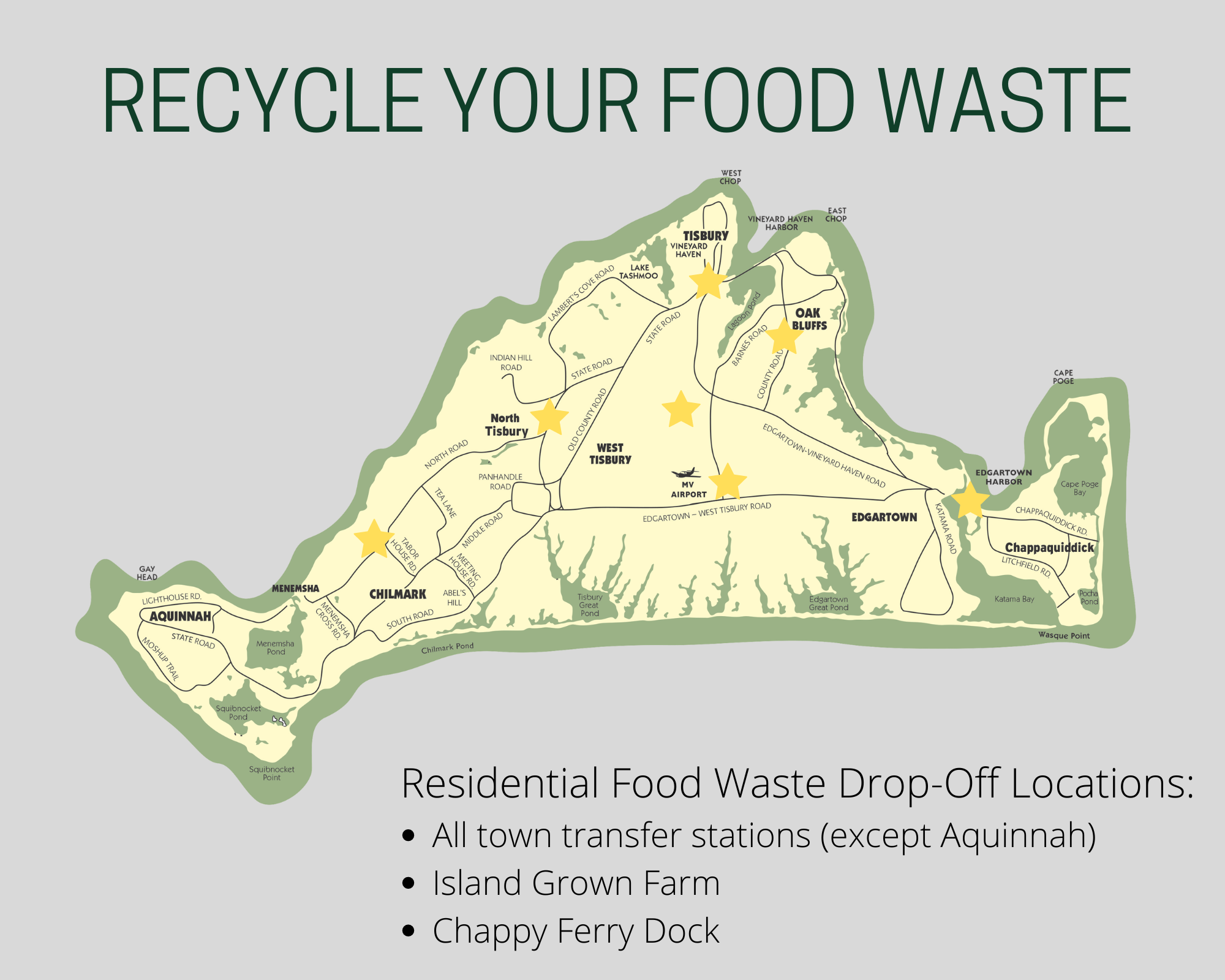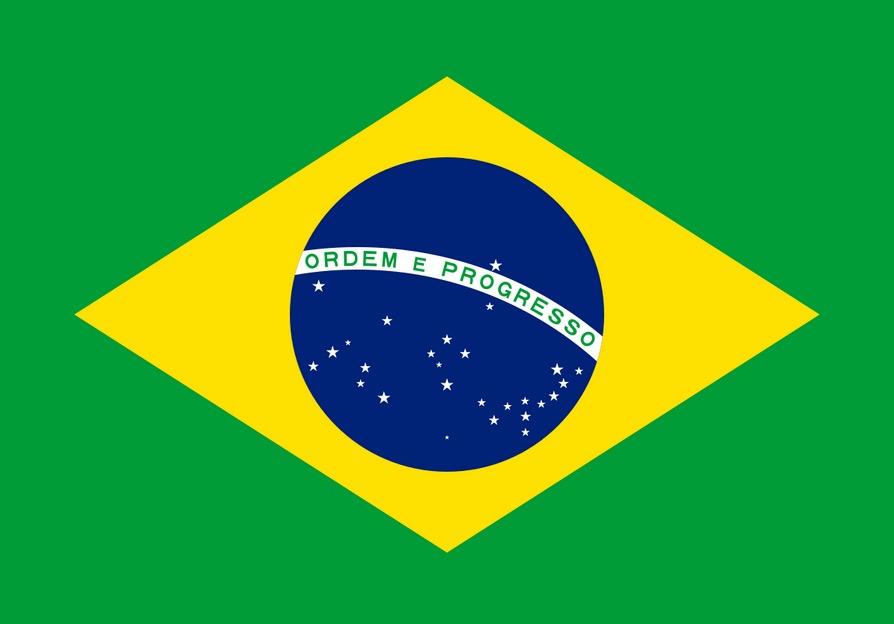OBJECTIVE
Students will understand what kinds of plants grow in tropical climates across the world. Students will be able to prepare a smoothie.
ESSENTIAL QUESTIONS
Where does food come from? How do fruits and vegetables support our bodies?
MATERIALS NEEDED
• Blender, measuring cup, spoon
• Frozen bananas, frozen strawberries, pineapple, orange juice
• Cups and spoons for serving
• Worksheet: “Tropical Ports”
• Resource for teacher: “Foods High in Vitamin C”
PROCEDURE
Introduction: Today we are sailing into the Brazil Banks to re-stock the whaling ship. What kinds of foods might the whalers have found there?
• Think – Pair – Share: a food you think the whalers might have encountered in a Brazilian port.
Core foods: rice beans, manioc o Meat, poultry, fish
Tropical fruits
Livestock: chickens
• Explain: one reason to stop was the fear of Scurvy. Thumbs up if you’ve heard of scurvy! What is it? Scurvy is a disease caused by the deficiency of vitamin C, vital to forming collagen in humans. Collagen is the main ingredient in connective tissue (tendons, ligaments, skin, also bones, blood vessels the gut)
o Causes lethargy and then spots on skin, spongy gums, bleeding, open wounds, loss of teeth, fever etc.
• What kinds of foods have vitamin C? (Think – Pair – Share) Refer to “foods high in vitamin C”
Activity 1: We’re going to figure out which fruits high in vitamin C were native to Brazil and which were not. What does it mean for a plant to be native to a place? Using floor map, have students act out eat product, and stand on its provenance.
• Pineapple: Southern Brazil
• Papaya: Mexico
• Strawberries: Chile
• Tomatoes: Mexico
• Chili Peppers: Mexico
• Citrus: Southeast Asia
• Coffee: East Africa
• Bananas: Southeast Asia
• Discuss: What are some of the similarities between these places? Discuss centrality
on the map, equator line, warm and wet climates. Would coffee, citrus, and bananas grow well in Brazil? How could they get there? Have those students travel over to Brazil “by boat.”
Activity 2: Make sherbet recipe, having a different student add each ingredient and serve. As you add each ingredient, write it up on the board for students to copy onto their sheet.
Wrap up/ Assessment: Challenge: As whalers, find 3 foods at home high in Vitamin C to make sure you don’t get scurvy!
• If other fruits and vegetables don’t prevent you from getting scurvy, are they still good for you? Why?








